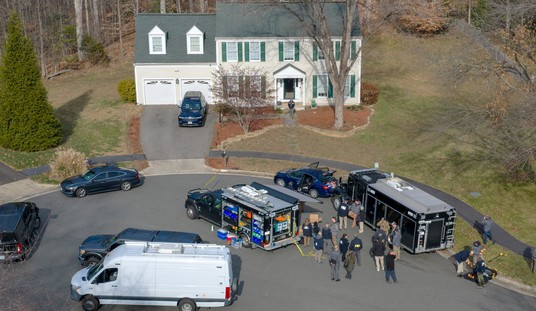Editor’s Note: Check out the previous installments in Pierre’s ongoing series exploring the big ideas in Catholic life:
The idea of all the countries on Earth gathering under a single roof to address issues of international concern had been a dream of mankind for who knows how long before Woodrow Wilson was finally able to convince the nations of Europe to finally do it as a League of Nations.
And though nations managed to come together in the past, it was usually borne of necessity to form military alliances or negotiate treaties for peace or trade among two or more of them and rarely for any other reason than that.
But well ahead of all such limited agreements, was the Roman Catholic Church which brought together representatives from at first, every corner of Europe, and then the world. Bound together by faith, tradition, and Canon Law, members of the Church also found unity in a common language. With Latin, Church members in Italy could communicate with those in China and Uganda and Paraguay.
And as communications, and travel, between nations improved, so were senior members of the Church, its bishops and Cardinals, able to convene on a regular basis, further tightening the collegial connections and fraternal relationships among its leaders.
The Church’s worldwide reach and global character was present from the very start when Jesus Himself instructed his apostles to “make disciples of all nations, baptizing them in the name of the Father, and of the Son, and of the Holy Spirit.” Through His actions while in the world, Jesus set the example, dealing with those outside the Jewish tradition such as the Samaritan woman at the well.
Upon his conversion, St. Paul got the message and took the Gospel outside of Israel to the eastern Roman world. Following the Council of Jerusalem where Peter agreed that Gentiles did not have to strictly adhere to Mosaic law in order to be followers of Jesus, he and other apostles left for other lands, scattering over the entire Roman Empire and beyond. By 313, after a long struggle for acceptance by Rome, Christians were freed from the fear of persecution and began to send out missionaries beyond the fringes of the Empire taking the first steps in becoming a truly international organization.
Today, the Church is represented in virtually every nation on Earth, each with its own hierarchy which in turn, connects directly to the Vatican in Rome. That connection among Catholics all over the world, is further tightened by use of the internet, websites, and email.
By the 6th century, as the Church grew and was forced to organize, the College of Cardinals was created and by 1059, its role as selector of Popes firmly established. Over the centuries, the College has been occupied primarily by Western Europeans with a scattering of eastern and North African members; but as the Church’s presence in the Middle East diminished with the rise of Islam, the College assumed a definite European character.
So matters stood into the 20th century when things began to change.
Following World War II, the role of Europe in the rest of the world shrank and in its stead, new nations arose. After the Second Vatican Council, held between 1962-1965, it was decided that governance of the Church needed a more international cast to better reflect its worldwide presence. Since then, many new Cardinals have been created with members coming from every corner of the globe.
The international scope of the Church has again been confirmed with the recent announcement by Pope Francis that he would appoint 17 new Cardinals this year with most coming from South America, Asia, and Oceania.
Among those to join the College of Cardinals on Feb. 14 will be Archbishops Berhaneyesus Demerew Souraphiel of Ethiopia; John Atcherley Dew of New Zealand; Pierre Nguyen Van Nhon of Vietnam; Charles Maung Bo of Burma; and Francis Xavier Kriengsak Kovitchavanij of Thailand.
Also on the lists are Bishops Arlindo Gomes Furtado of Cape Verde and Soane Patita Paini Mafi of Tonga.
“The most evident criteria is that of universality,” said Vatican spokesman Fr. Federico Lombardi, confirming that the object of Francis’ choices is that of collegiality and global representation in a Church that’s expanding most quickly in the developing parts of the world.
The duties of the College of Cardinals include advising the Pope in the governance of the Church, electing his successor, and often acting as papal envoys. Some may be officers of the Roman Curia while others serve as bishops of major diocese around the world. Eligible to vote for a new Pope until age 80, the number of cardinals has traditionally been held at 120.
Anyone looking at the red garbed Cardinals on television when they gather for a papal election or conference is instantly struck by the variety in its sea of faces. Sure, most are still of European descent, but many more obviously hail from Africa, South America, and the Far East. And unlike secular global institutions, they may disagree on some policy issues but they remain united in a single overriding belief in Christ and His Church which informs all of their actions.
And so, even as other international institutions are sundered by disagreements and threaten to break down over security, social policy, economics, even climate change, the Catholic Church, after twenty centuries, continues to remain viable as the only global entity still capable of speaking with a single voice.
*****
image illustration via shutterstock / Anton Watman









Join the conversation as a VIP Member